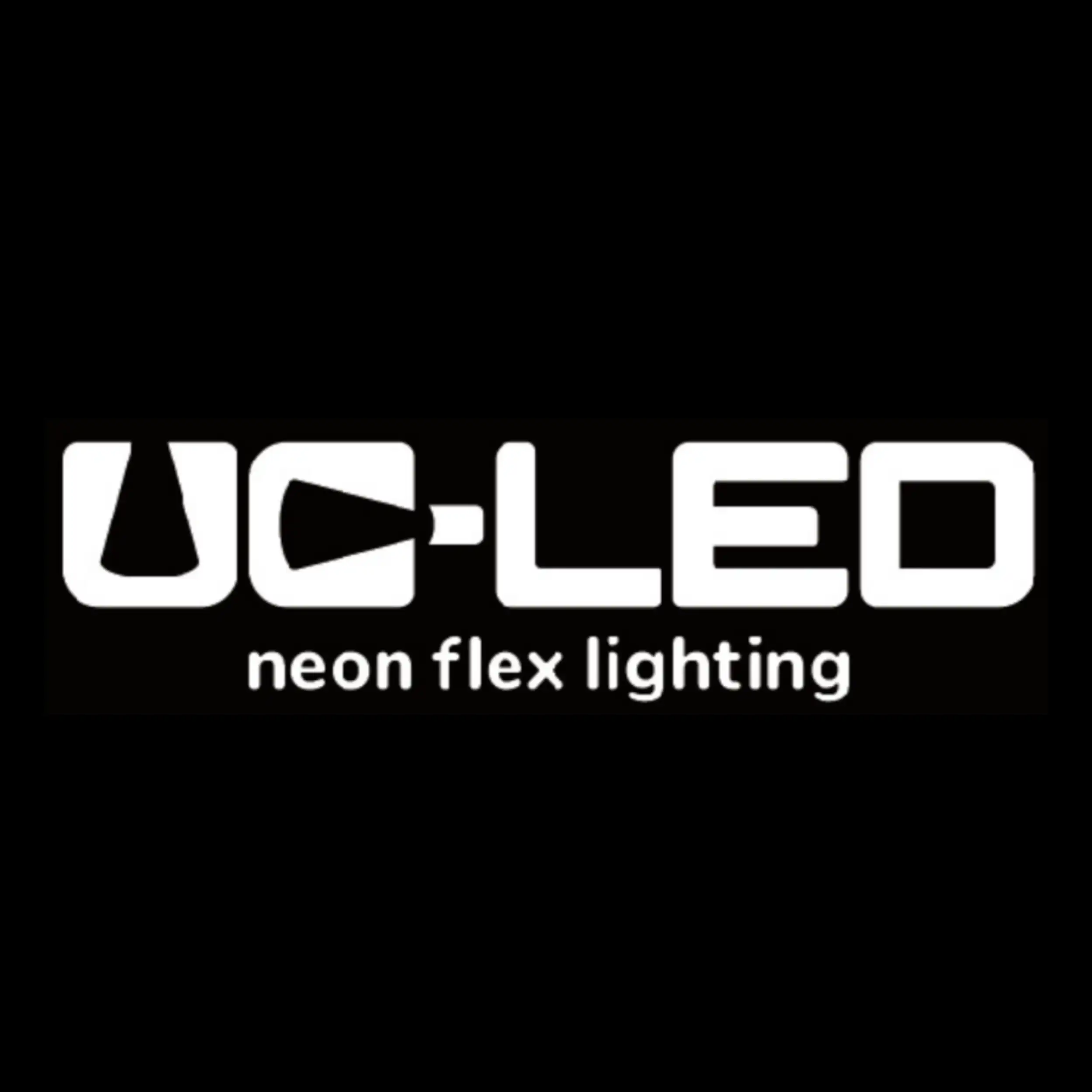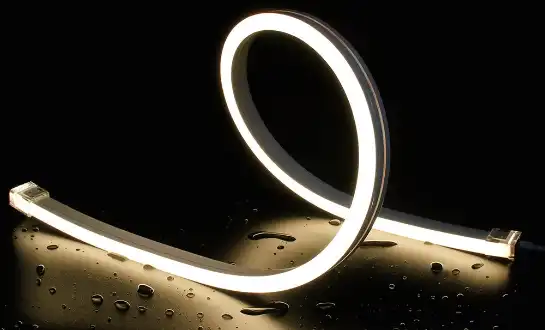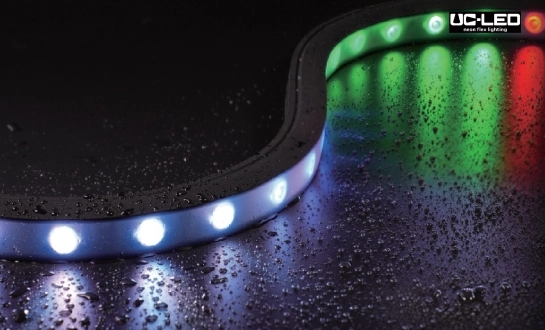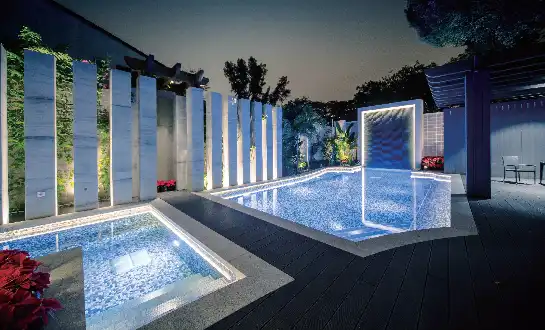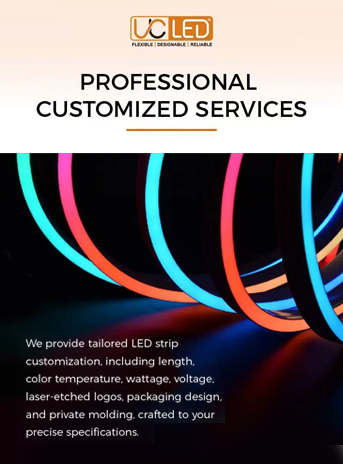Grasping Neon Flex Strips: RGB vs. Single-Color
Neon flex strips have revolutionized the lighting industry, offering a flexible and energy-efficient alternative to traditional neon lighting. These versatile illumination solutions come in two primary variants: RGB and single-color. To make an informed decision between the two, it's crucial to understand their unique characteristics and applications.
RGB Neon Flex Strips: A Spectrum of Possibilities
RGB (Red, Green, Blue) neon flex strips are the chameleons of the lighting world. By combining these three primary colors in various intensities, they can produce a vast array of hues. This color-changing capability makes RGB strips an excellent choice for:
- Dynamic lighting displays
- Interactive installations
- Mood lighting in hospitality settings
- Customizable signage
- Event lighting with changing themes
The versatility of RGB neon flex strips allows for creative freedom and adaptability. With the right controller, users can program specific color sequences, adjust brightness, and even create pulsating effects. This level of control makes RGB strips ideal for businesses or spaces that require frequent ambiance changes or want to create immersive experiences.
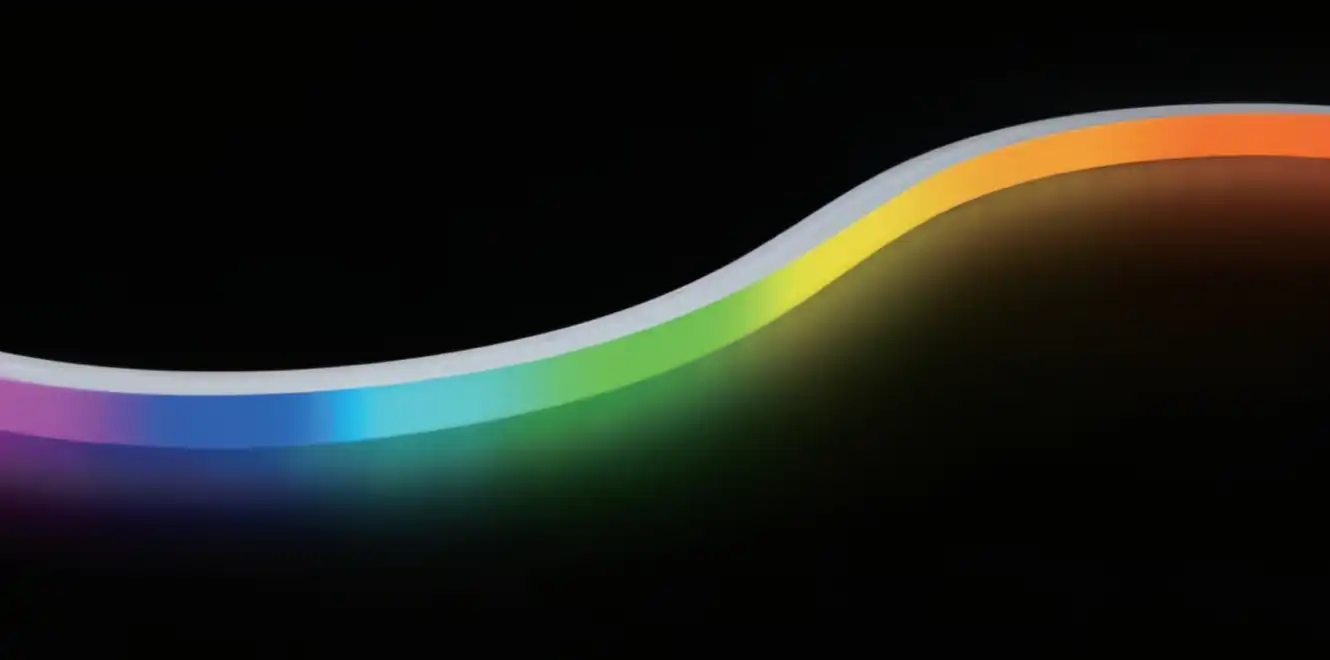
Single-Color Neon Flex Strips: Consistency and Clarity
Single-color neon flex strips, as the name suggests, emit light in one specific color. While they may seem less versatile than their RGB counterparts, single-color strips excel in several areas:
- Brighter output for a given power input
- More cost-effective for static color applications
- Simpler installation and control systems
- Ideal for branding and consistent color schemes
- Perfect for architectural accent lighting
Single-color neon flex strips are the go-to choice when a specific, unwavering hue is required. They're particularly effective in commercial signage, where brand colors need to be accurately represented, or in architectural lighting where a consistent aesthetic is paramount.
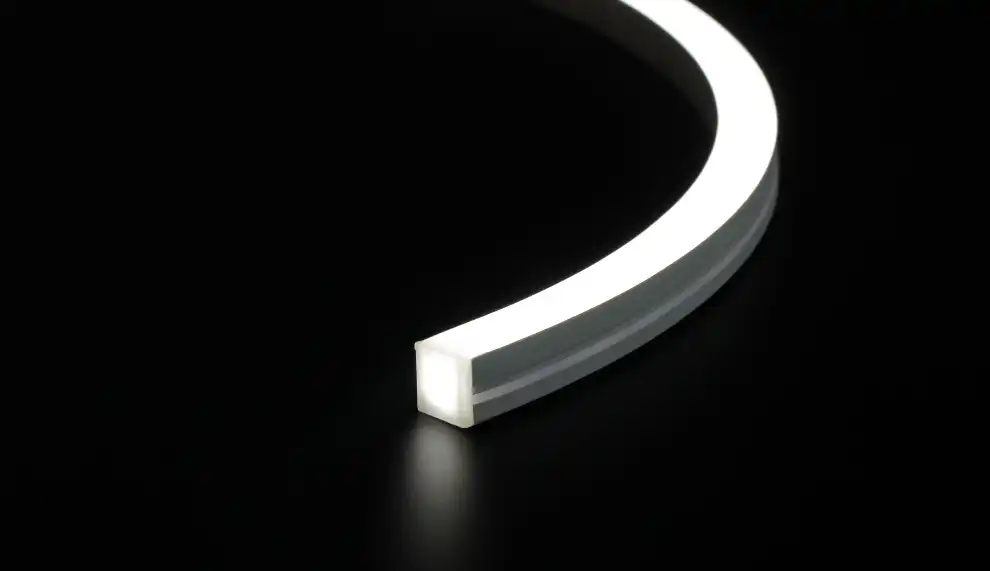
Factors to Consider When Choosing Neon Flex Strips
The decision between RGB and single-color neon flex strips isn't always straightforward. Several factors come into play when making this choice:
Application and Purpose
The intended use of your neon flex strips should be the primary consideration. Are you looking to create a static display or signage? Single-color strips might be your best bet. For interactive or changeable lighting scenarios, RGB strips offer the flexibility you need.
Energy Efficiency and Brightness
Generally, single-color neon flex strips are more energy-efficient and can produce a brighter output at the same wattage compared to RGB strips. If maximum brightness is a priority, especially for outdoor or daylight-visible applications, single-color strips often have the edge.
Cost Considerations
Initial costs and long-term operational expenses should be factored into your decision. RGB strips typically have a higher upfront cost due to their more complex technology and the need for controllers. However, their versatility might save money in the long run if you frequently change your lighting scheme. Single-color strips are usually more affordable initially and can be more cost-effective for static displays.
Installation and Maintenance
Single-color neon flex strips are generally easier to install and maintain. They require simpler wiring and fewer components. RGB strips, while more complex, offer greater customization but may need more technical expertise for installation and programming.
Color Accuracy and Consistency
For applications where color accuracy is crucial, such as branding or art installations, single-color neon flex strips often provide more consistent and precise color rendering. RGB strips can produce a wide range of colors but may not always match specific color requirements as accurately.
Making the Right Choice for Your Project
To make the best decision between RGB and single-color neon flex strips, consider these practical tips:
Assess Your Long-Term Needs
Think beyond your immediate project. Will your lighting needs change in the future? If you anticipate wanting different colors or effects down the line, RGB strips might be a more future-proof choice. For permanent installations with a set color scheme, single-color strips could be more suitable.
Consider Your Environment
The environment where you'll install the neon flex strips plays a crucial role in your decision. For outdoor applications or areas with high ambient light, the higher brightness of single-color strips might be necessary. In controlled indoor environments, the versatility of RGB strips could be more beneficial.
Evaluate Your Technical Capabilities
Consider your ability to install and manage the lighting system. If you're comfortable with more complex setups and enjoy the idea of programming different lighting effects, RGB strips could be an exciting option. For those preferring a simpler, plug-and-play solution, single-color strips might be more appropriate.
Budget Wisely
While it's tempting to focus on initial costs, consider the total cost of ownership. This includes not just the purchase price of the neon flex strips, but also installation costs, energy consumption over time, and potential maintenance or replacement expenses. Sometimes, investing in a more versatile RGB system upfront can save money in the long run if your needs change.
Seek Expert Advice
When in doubt, consult with lighting professionals or the manufacturer. They can provide valuable insights based on your specific project requirements and help you navigate the technical aspects of different neon flex strip options.
Remember, there's no one-size-fits-all solution when it comes to choosing between RGB and single-color neon flex strips. Each project has its unique requirements, and what works perfectly in one scenario might not be ideal in another. By carefully considering your needs, environment, and resources, you can make an informed decision that will result in a stunning and effective lighting installation.
Conclusion
Choosing between RGB and single-color neon flex strips is a decision that requires careful consideration of various factors. RGB strips offer unparalleled versatility and are perfect for dynamic, changeable lighting scenarios. They're ideal for creating mood lighting, interactive displays, and spaces that require frequent ambiance changes. However, they come with a higher initial cost and more complex installation and control systems.
On the other hand, single-color neon flex strips excel in brightness, energy efficiency, and cost-effectiveness for static color applications. They're the go-to choice for consistent branding, architectural accents, and scenarios where specific color accuracy is crucial.
Ultimately, the right choice depends on your project's unique requirements, including the intended application, environment, budget, and long-term needs. By carefully evaluating these factors and seeking expert advice when needed, you can ensure that your neon flex strip installation not only meets your current needs but also continues to impress and perform well into the future.
FAQ
Are RGB neon flex strips more expensive than single-color ones?
Generally, yes. RGB strips tend to have a higher upfront cost due to their more complex technology and the need for controllers. However, they offer more versatility which can be cost-effective in the long run for changing displays.
Can I cut neon flex strips to fit my specific project?
Yes, most neon flex strips can be cut to size at designated points. However, always consult the manufacturer's instructions to ensure proper cutting and sealing to maintain waterproofing and functionality.
How long do neon flex strips typically last?
High-quality neon flex strips can last up to 50,000 hours or more, depending on usage and environmental conditions. Proper installation and maintenance can significantly extend their lifespan.
Expert Neon Flex Strip Solutions | QUAN HE
At QUAN HE, we specialize in providing top-quality neon flex strips for all your lighting needs. As a leading manufacturer with over a decade of experience, our expert R&D team develops innovative, eco-friendly LED solutions tailored to your specific requirements. Whether you need RGB or single-color neon flex strips, our ISO-certified facility ensures superior quality and sustainability. For personalized advice on choosing the perfect neon flex strips for your project, contact our team at Linda@uc-led.com.
References
1. Smith, J. (2022). "The Evolution of LED Lighting: From Single-Color to RGB." Lighting Technology Review, 15(3), 45-52.
2. Johnson, A., & Brown, T. (2021). "Energy Efficiency Comparison: RGB vs. Single-Color LED Strips." Journal of Sustainable Lighting, 8(2), 112-125.
3. Lee, S. (2023). "Applications of Neon Flex Strips in Modern Architecture." Architectural Lighting Design, 29(4), 78-90.
4. García, M., & Wang, L. (2022). "Cost-Benefit Analysis of RGB and Single-Color LED Lighting Systems." International Journal of Energy Economics, 14(1), 33-47.
5. Patel, R. (2023). "Advancements in Neon Flex Strip Technology: A Comprehensive Review." LED Professional Review, 96, 22-30.
